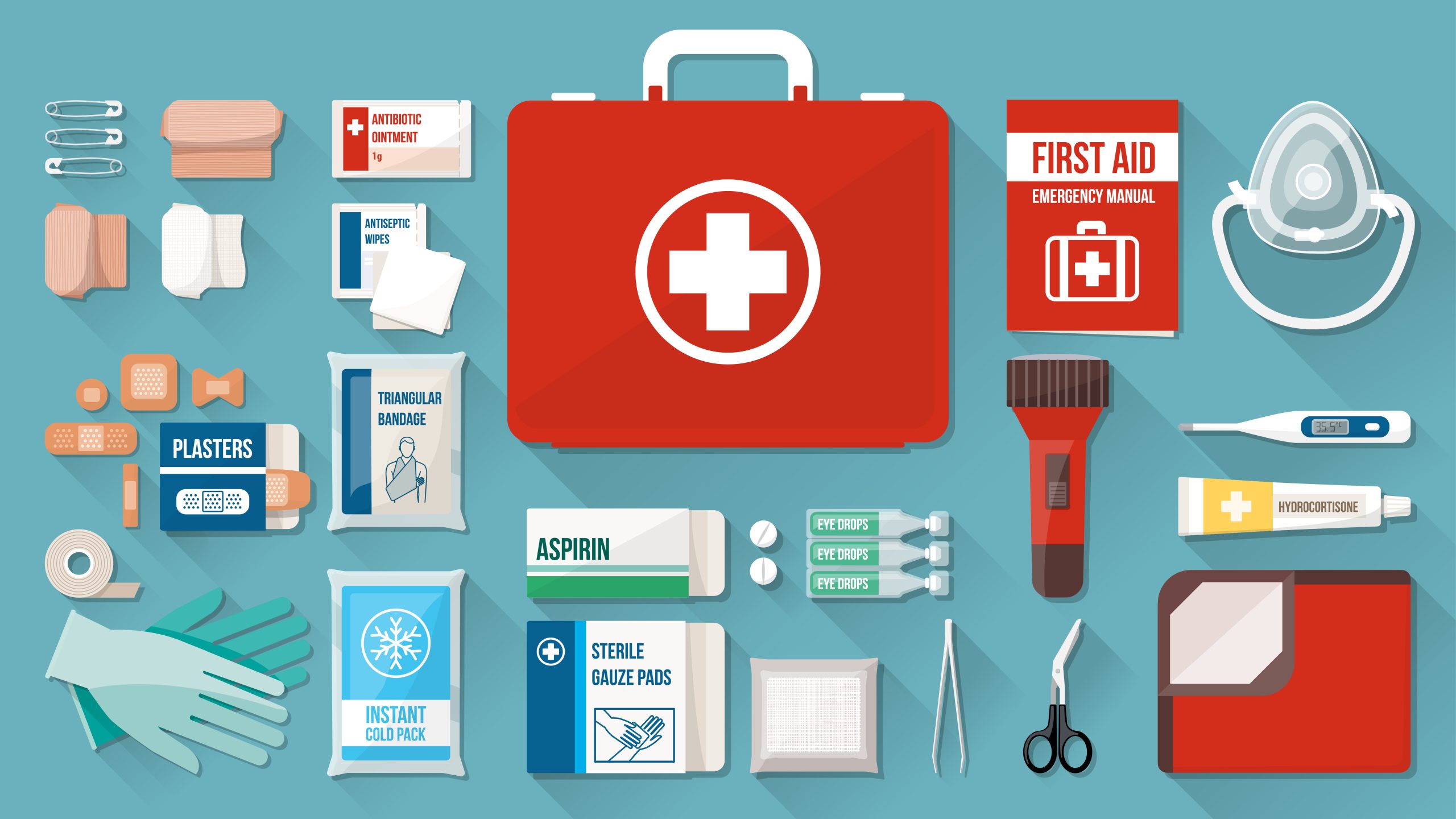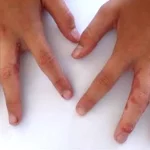
Key facts
- An organised and properly stocked first aid kit can help in a medical emergency.
- Being prepared may help save a life.
- First aid kits come in different shapes and sizes and for different uses.
- Buying a first aid kit is a convenient option.
- Doing a first aid course will give you the knowledge and skills to provide first aid help.
Putting together basic first aid kit
A good first aid kit helps to lower the impact of an injury before getting proper medical care.
You can customise your first aid kit depending on the activities you do.
A basic first aid kit should include:
- crepe bandages of varying widths
- elasticised bandages of varying widths
- hypoallergenic (skin) tape
- triangular bandages
- adhesive dressing strips (like Band-Aids) in different sizes
- gauze swabs
- combine dressing pads (10cm x 10cm)
- non-stick dressing pads (7.5cm x 10cm)
- sterile eye pads
- alcohol swabs
- stainless steel scissors (sharp/blunt) 12.5cm
- disposable gloves
- tweezers
- shock blanket
- safety pins
- notepad, pen and permanent marker
- sterile saline tubes
- disposable resuscitation face shield
- antiseptic skin swabs
- paracetamol/ibuprofen (pain killers)
- stop itch cream
- first aid booklet
- rubbish bag to put waste in
Keep all of these items in a bag or box. It doesn’t have to be expensive or designed especially for first aid supplies, but it should be:
- large enough to keep all the items
- identifiable as a first aid kit
- made of material that protects the contents from dust, moisture and contamination
You can also buy first aid kits from organisations like St John Ambulance Australia. Some pharmacies, service stations, large retail outlets, motoring organisations and charities also sell first aid kits.
How do I customise my kit?
Once you have assembled a basic first aid kit, you can customise it according to its intended use.
For use at home — add extra items according to the number of people in your home and their ages. If you have older children who play sport, you may want more thick elasticised bandages.
For babies — add extra items such as: a digital thermometer, basic pain reliever medicines (such as paracetamol or ibuprofen) and a plastic dosing syringe.
For known medical conditions — add the medicines and or equipment you need to control your condition. For example, an asthma inhaler or an adrenaline autoinjector (often called an Epi-pen).
For the car or caravan — add a highly reflective vest as you may be near a road and traffic.
For camping — add a disposable poncho, a compass, and a torch and batteries.
For use at the beach or on a boat — you may want to include vinegar to pour over some types of stings.
How do I use the items in my first aid kit?
If you buy a first aid kit, spend some time getting to know where everything is kept. Then if you need to use it you can quickly find the items you need.
It’s also important to know how to use the items in your first aid kit before you need them.
For example:
- dressing pads cover and pack bleeding wounds
- non-stick dressings cover wounds and burns
- shock blankets help control body temperature
- crepe or elasticised roller bandages give support for sprains and strains
- triangular bandages can be used: as a sling to immobilise injured limbs, or as a pad to control bleeding or protect injuries
- disposable resuscitation face shields protect you during mouth to mouth resuscitation
- sterile saline tubes or sachets are used to flush debris from eyes and clean minor cuts and grazes
If you are not sure what the items in your first aid kit are used for, you can:
- read your first aid booklet
- take your first aid kit to a pharmacy and ask the staff for advice
- take a first aid course
While first aid kits can be used to manage minor injuries, more serious injuries usually need a trip to hospital.
Where should I keep my first aid kit?
Keep your first aid kit in a safe and dry place that you can easily get to. Everyone in your family should know where it is. However, it should be out of the reach of children.
First aid kits that are kept in your car, caravan or boat should be secured so they don’t become projectiles.
How do I maintain my first aid kit?
Well-maintained first aid kits are always ready to use. Make sure you:
- replace items as soon as possible after they are used
- check the kit after each use or at least once every 12 months
- check that items are in good working order, have not become unusable and haven’t gone past their expiry date.
- check that sterile items are still sealed
Should I do a first aid course?
Taking a first aid course will teach you how to use the items in your first aid kit. Many organisations around Australia offer a variety of first aid courses. Some of these can be done online. However, there are fees associated with these first aid courses.
First aid kits for the workplace
Accidents can also happen in your workplace. You can help create a safe workplace by making sure that your workplace is first-aid ready.
For more information about Safe Work Australia’s Model Code of Practice: First aid in the workplace, go to the Safe Work Australia website. This document gives guidance on first aid in the workplace.


